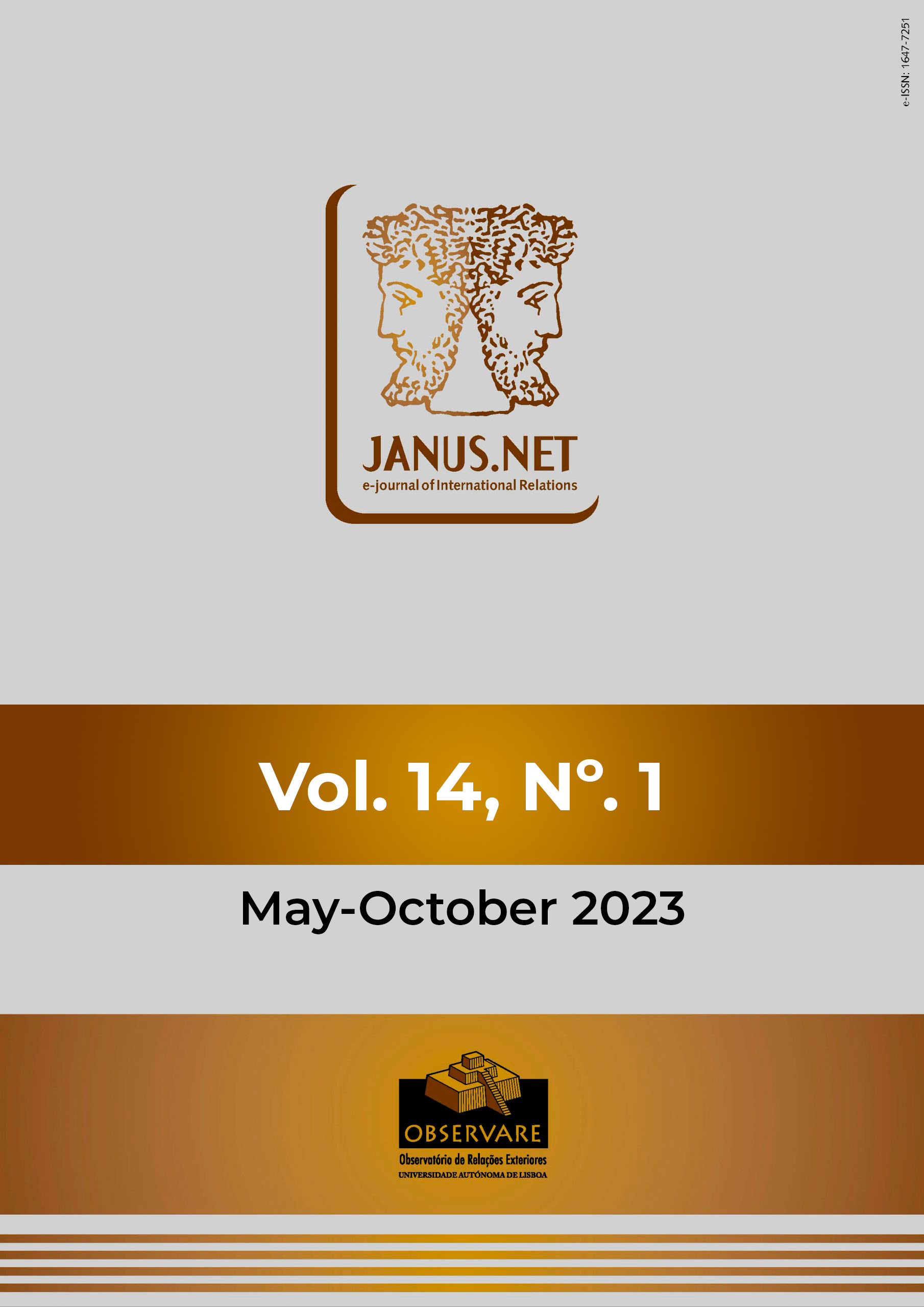THE SOVIET-FINNISH BORDER AS A STATE SECURITIZATION PROJECT IN THE EARLY 1920S
DOI:
https://doi.org/10.26619/1647-7251.14.1.2Palavras-chave:
Fronteira ocidental soviética, década de 1920, ameaças à segurança, securitização de fronteiras, operações repressivas, respostas locaisResumo
Seguindo um estudo de caso sobre a fronteira soviético-finlandesa nos anos 20, o artigo analisa os problemas de segurança das fronteiras internacionais soviéticas e o desempenho das respostas iniciais no terreno. É discutido o projecto de securitização das primeiras fronteiras soviéticas entrelaçado com as ameaças à segurança, e as implicações das primeiras operações de "limpeza" nas zonas fronteiriças. É defendida a ideia que os soviéticos participaram nas suas primeiras experiências de "limpeza profiláctica" em meados da década de 1920 nas zonas fronteiriças relativamente estáveis, mais cedo do que se materializaram as primeiras "ameaças à segurança" dos anos 20. A herança da revolução e da guerra civil, misturada com os princípios da ideologia bolchevique, deixou a sua marca na mentalidade de Estaline como principal desencadeador da "violência cíclica" soviética. Mas, como muitos estudiosos argumentam, gerou um continuum de hibernação, nunca cessando a violência estatal que foi facilmente desencadeada localmente pelos actores regionais.


